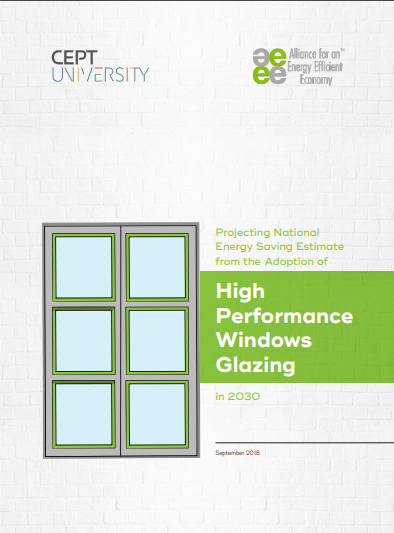Uttar Pradesh
Policy and Year: Uttar Pradesh Electric Vehicle Manufacturing and Mobility Policy 2022
EV Targets: Aim for 10 lakh EVs by 2024.
Purchase Incentive E2W: 15% of ex-factory cost up to Rs 5,000 per vehicle, max budget Rs 100 Cr for up to 2 lakh EVs.
Purchase Incentive E3W: 15% of ex-factory cost up to Rs 12,000 per vehicle, max budget Rs 60 Cr for up to 50,000 EVs.
Purchase Incentive E4W: 15% of ex-factory cost up to Rs 1 lakh per vehicle, max budget Rs 250 Cr for up to 25,000 EVs.
Purchase Incentive Bus: 15% of ex-factory cost up to Rs 20 lakh per vehicle, max budget Rs 80 Cr for up to 400 E-Buses.
Purchase Incentive Light / Heavy Commercial Vehicle: 10% of ex-factory cost up to Rs 1,00,000 per vehicle, max budget Rs 10 Cr for up to 1000 E-Goods Carriers.
Road & Registration Tax Exemption:Exemption for first 1,00,000 private EV buyers in UP.
- 100% reg. fee exemption
- 100% road tax exemption for 2-wheelers, 75% for others.
Green Zones: Incentivize EV manufacturing zones with common infrastructure.
Capital Subsidy on Charging Equipment: 25% subsidy, max Rs 6 lakh per charging station.
Land Subsidies/ Provisions: 100% stamp duty reimbursement for integrated EV projects.
Special EV Tariffs: UPERC has a special tariff category for EV charging.
Electricity Connection: Fast-track connections for EV charging.
Setting Up of Charging Stations: 20% subsidy, max Rs 10 lakh per unit for first 2000 charging stations.
Others: Promote charging facilities in various locations, including public parking, metro stations, etc.
Battery Swapping Incentives: 20% subsidy, max Rs 5 lakh per unit for first 1000 swap stations.
Capital subsidy: Up to 30% of fixed capital investment for EV and battery projects.
Land Purchase & Registration Incentives: Reimbursement of up to 25% of land cost for mega projects.
Battery Recycling and Reuse:
- 50% annual subsidy for equipment/machinery for battery recycling.
- Establish ‘Collection centers’ for end-of-life batteries.
Skill Development:
- Skill development incentive of INR 5,000 per employee per year for defined manufacturing projects.
R&D:
- Incentives for incubation centers and collaborations with universities.
- Promote R&D in electric mobility.
